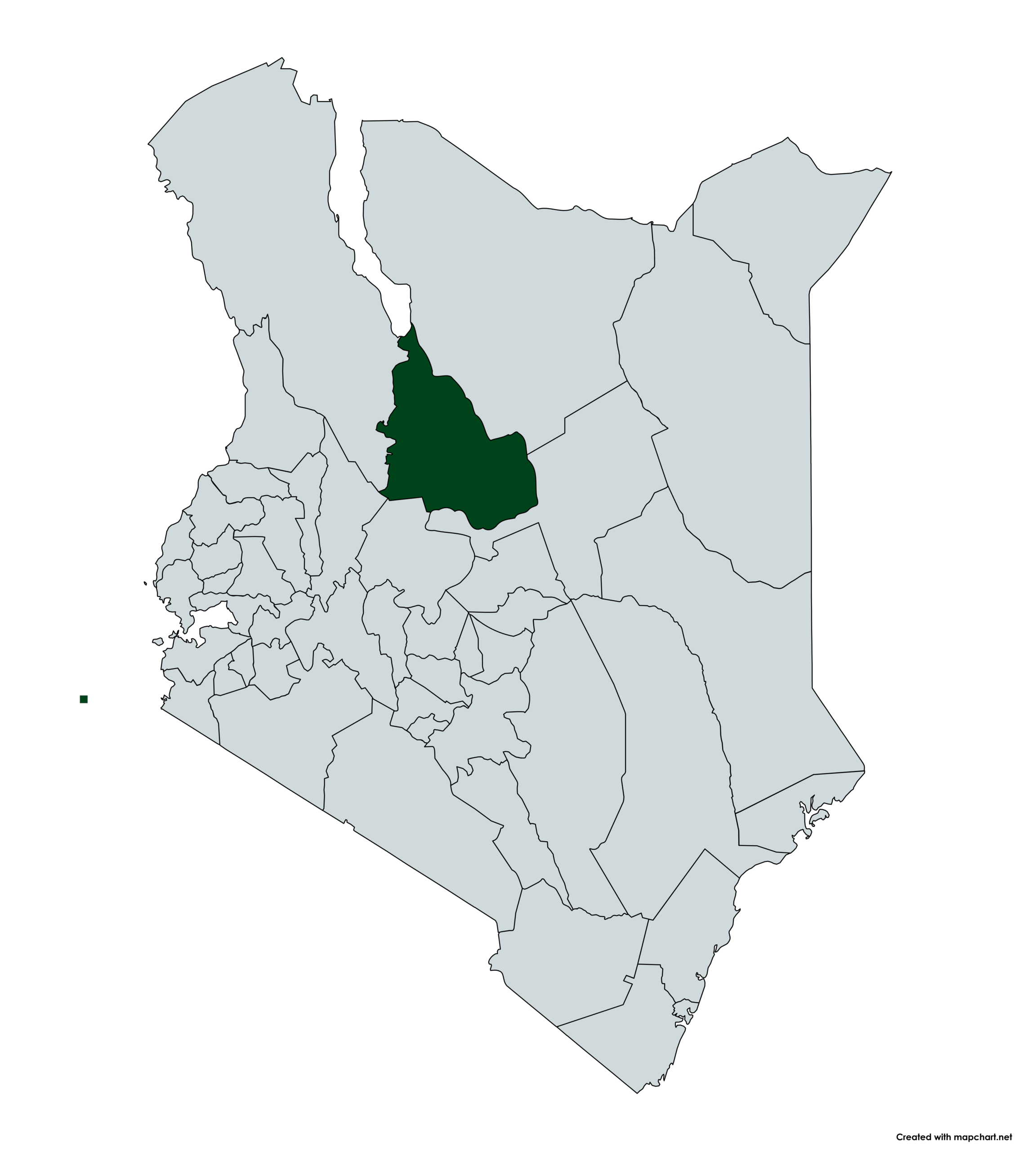Samburu National Reserve – Untamed Safari in Northern Kenya

Welcome to Samburu National Reserve, one of Kenya’s most dramatic and lesser-traveled safari destinations. Located in Northern Kenya, Samburu offers an exclusive wildlife experience far from the crowded trails of the Masai Mara. Home to the Samburu Special Five, breathtaking riverfront scenery, and unique cultural encounters with the Samburu people, this park is a true gem for nature lovers, photographers, and return safari-goers.
Where is Samburu National Reserve?
Samburu National Reserve is situated along the Ewaso Nyiro River in Northern Kenya, about 320 km north of Nairobi. The journey from Nairobi takes approximately 5–6 hours by road, or 1 hour by air to nearby airstrips (Samburu or Kalama).
It shares its ecosystem with Buffalo Springs and Shaba Reserves, offering a larger safari range without heavy crowds.
Ideal for:
Wildlife lovers seeking rare species
Photographers wanting dramatic landscapes
Travelers interested in authentic cultural safaris
Families or honeymooners seeking exclusive experiences
The Samburu Special Five
unique animals only found in northern Kenya
Wildlife in Samburu – Home of the Samburu Special Five
While the Big Five are found here, what truly sets Samburu apart is the presence of the Samburu Special Five — rare, dryland-adapted species not typically seen in southern Kenya parks:
Grevy’s Zebra – largest and most endangered zebra species
Reticulated Giraffe – stunning geometric coat pattern
Beisa Oryx – elegant antelope with long, straight horns
Gerenuk – the “giraffe antelope” with a long neck and upright feeding posture
Somali Ostrich – blue-legged and distinct from the common ostrich
Other iconic sightings include:
Elephants, often in large herds
Lions, leopards, and cheetahs
Crocodiles and hippos along the river
Over 450 bird species – paradise for birdwatchers!
Safari Activities in Samburu
Samburu offers a relaxed, off-the-beaten-track safari experience. Activities include:
Game Drives
Enjoy morning and evening game drives in open 4x4 Land Cruisers, with experienced guides who understand Samburu’s terrain and wildlife behavior.
Samburu Cultural Visits
Visit a traditional Samburu village to learn about their dress, traditions, music, and way of life. These visits are respectful, community-based, and enriching.
Elephant Conservation Tours
The region is home to the Save the Elephants research center, where you can learn about elephant tracking, threats, and conservation efforts.
Birdwatching
Expect vibrant sightings of kingfishers, eagles, bee-eaters, vulturine guineafowl, and more.
Samburu Safari Lodges & Tented Camps
From luxurious riverfront retreats to authentic bush camps, Samburu’s accommodation scene fits every style:
| Lodge / Camp | Type | Highlights |
|---|---|---|
| Saruni Samburu | Luxury | Clifftop lodge with panoramic views |
| Elephant Bedroom Camp | Luxury | Tented camp by the river with elephant visits |
| Samburu Sopa Lodge | Mid-range | Family-friendly, elevated views |
| Ashnil Samburu Camp | Mid-range | Excellent riverside location |
| Samburu Simba Lodge | Budget | Comfortable and great value |
All safari lodges are Muslim-friendly with halal meal options available on request.
Best Time to Visit Samburu
Samburu is a year-round safari destination, but the best months are:
| Season | Months | Highlights |
|---|---|---|
| Dry Season | Jun–Oct, Jan–Feb | Best wildlife viewing, fewer mosquitoes |
| Green Season | Nov, Apr–May | Beautiful landscapes, birdwatching season |
Unlike the Mara, Samburu is less affected by crowds, making even peak months feel serene.
Samburu vs Masai Mara – What’s the Difference?

| Feature | Samburu National Reserve | Masai Mara Game Reserve |
|---|---|---|
| Location | Northern Kenya | Southwest Kenya |
| Wildlife | Special Five, rare species | Big Five + Great Migration |
| Crowds | Fewer tourists | Popular and busy during migration |
| Scenery | Arid, rugged, Ewaso River | Rolling savannahs |
| Ideal For | Photographers, return safari-goers | First-timers, migration watchers |
Why not combine both? We offer custom Kenya safari circuits featuring Samburu + Masai Mara.
Best Samburu road Safari Packages for 2025-2026
7 Day Samburu, Aberdares, Lakes Nakuru & Naivasha, and Masai Mara
- Amboseli
- Naivasha
- Masai Mara
Best Samburu flight Safari Packages for 2025-2026
Book Your Samburu Safari with Annest Kenya Safaris
We are your trusted local experts for tailored Samburu safari experiences. Whether you want luxury, adventure, culture, or family fun — we’ve got you covered.
Licensed guides & private 4×4 transport
Flexible itinerary & halal meal options
Safari planning support before and during travel
Call or WhatsApp +254-112458884
Get a Free Safari Quote Now →
Samburu National Reserve – FAQs
It’s in Northern Kenya, ~320 km from Nairobi. Accessible via road (5–6 hours) or air (1-hour flight).
The Samburu Special Five includes: Grevy’s zebra, Somali ostrich, Beisa oryx, gerenuk, and reticulated giraffe — unique to northern Kenya.
We recommend 2–3 nights to enjoy game drives, cultural visits, and full wildlife immersion.
Yes. We work with lodges that provide halal-certified or halal-friendly meals upon request.
Saruni Samburu and Elephant Bedroom Camp are ideal for honeymoons or romantic getaways.
Dry months (June–October & Jan–Feb) offer the best wildlife viewing. Wet months (April–May) bring lush scenery and fewer tourists.
Yes! Samburu is less crowded and many lodges offer family tents and child-friendly activities.

